
USNI News polled its writers, naval analysts and service members on what they consider the most important military and maritime stories in 2018. This story is part of a series; please also see U.S. Coast Guard, U.S. Navy Operations and U.S. Marine Operations.
Freedom of navigation operations, increased submarine activity, aggressive flight operations and large-scale exercises were among the many international naval operations and acquisition stories of 2018, but capital ships run by the navies of China, France and the United Kingdom captured the biggest attention.
Carriers
U.S. allies, partners and rivals all reported important gains in their carrier programs during the year.
In May, China celebrated the nation’s first domestically-built aircraft carrier’s return from sea trials. The 50,000-ton Type-001A carrier is a version of China’s only deployed carrier Liaoning, which is itself a refurbished Soviet Union-built Kuznetsov-class carrier which Beijing purchased in 1998.
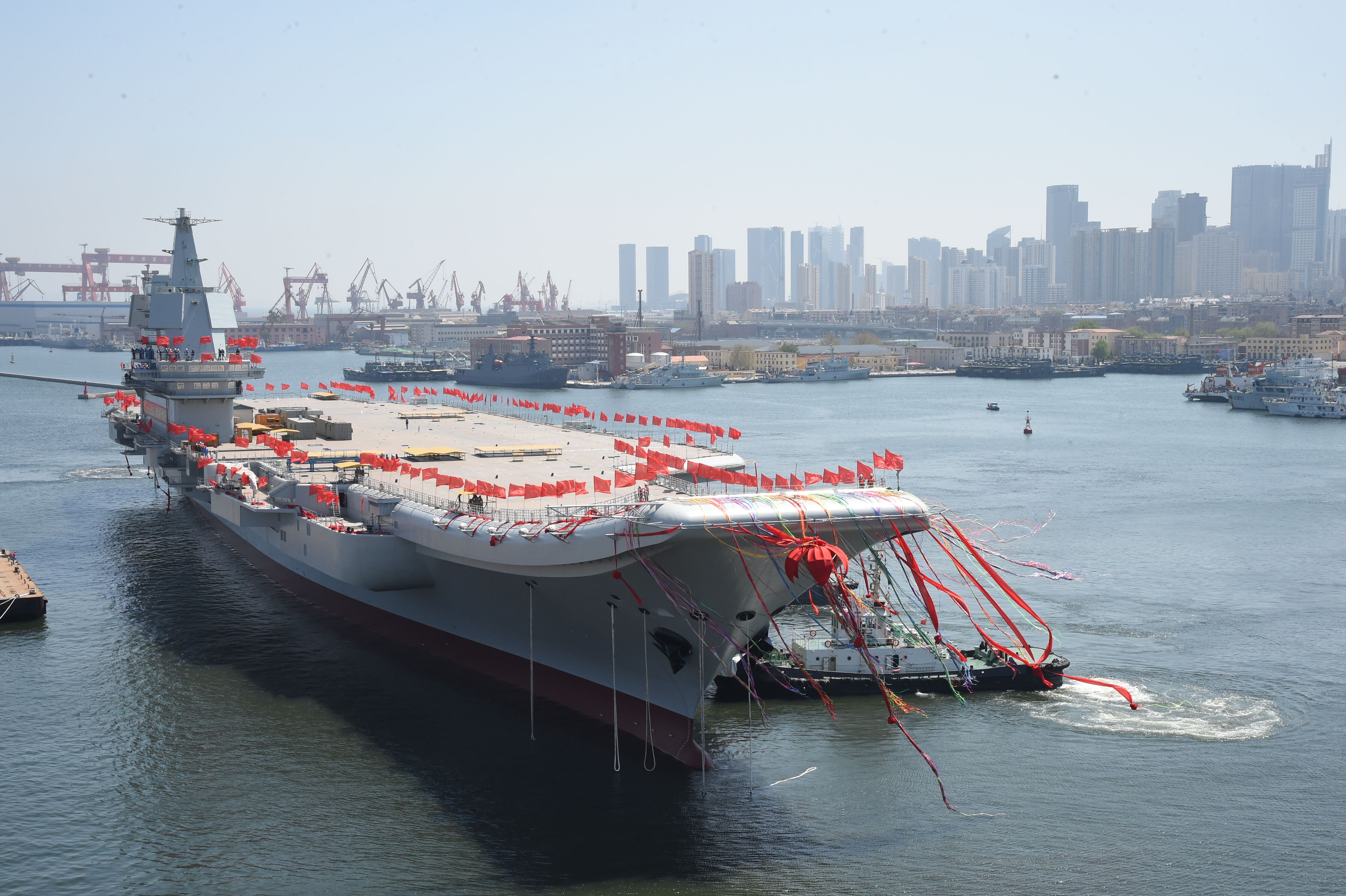
The new carrier employs a Short Take Off But Arrested Recovery (STOBAR) system of launching and recovering aircraft. Fighters use a “ski-jump” – an elevated ramp built on the bow of the ship – to gain altitude when taking off from the ship. Western analysts believe China is building a third carrier that is equipped with a catapult launch system similar to what is used by the U.S. Navy.
In September, the first two F-35B Lightning II Joint Strike Fighters landed on the deck of HMS Queen Elizabeth (R08) following the carrier’s first trans-Atlantic voyage. The landings signified both an important milestone for the Royal Navy’s new carrier and the United Kingdom’s return to being a more expeditionary force.
The last time a British fixed-wing aircraft sortied off a Royal Navy ship was 2011 when AV-8B Harriers launched from the now-decommissioned HMS Ark Royal (R07). Queen Elizabeth is expected to go on its first operational deployment in 2021.

For two months in the spring, French naval aviators and aircraft maintainers trained with their U.S. Navy counterparts at Naval Air Station Oceana and aboard USS George H.W. Bush (CVN-77).
France’s nuclear-powered carrier FS Charles de Gaulle (R91) had been in drydock for a nearly two-year mid-life refit. To prepare pilots and maintainers for a return to flight operations at sea, the French Navy sent about 350 personnel to train with the U.S. Navy. Aviators were even able to qualify for carrier landings aboard Bush, a move intended to decrease the amount of time required to prepare Charles de Gaulle for deployment.
Tragedy, Mishaps and Unsafe Operations

Just over a year after the Argentine submarine ARA San Juan (S-42) was reported missing, Texas-based underwater mapping firm Ocean Infinity located the submarine’s wreckage about 3,000 feet below the surface, about 323 nautical miles east of Comodoro Rivadavia in the Atlantic Ocean.
When San Juan, a German-built TR-1700 submarine with a crew of 44, was initially reported missing, numerous nations including the U.S. Navy provided personnel and equipment to search for the sub.
In June, a Standard Missile (SM) 2 Block IIIA fired by the German frigate FGS Sachsen (F 219) exploded spectacularly just after exiting the ship’s vertical launch tube. Two German sailors suffered minor injuries, and the ship was able to return to its homeport of Wilhelmshaven, Germany, on the North Sea, the German navy reported.
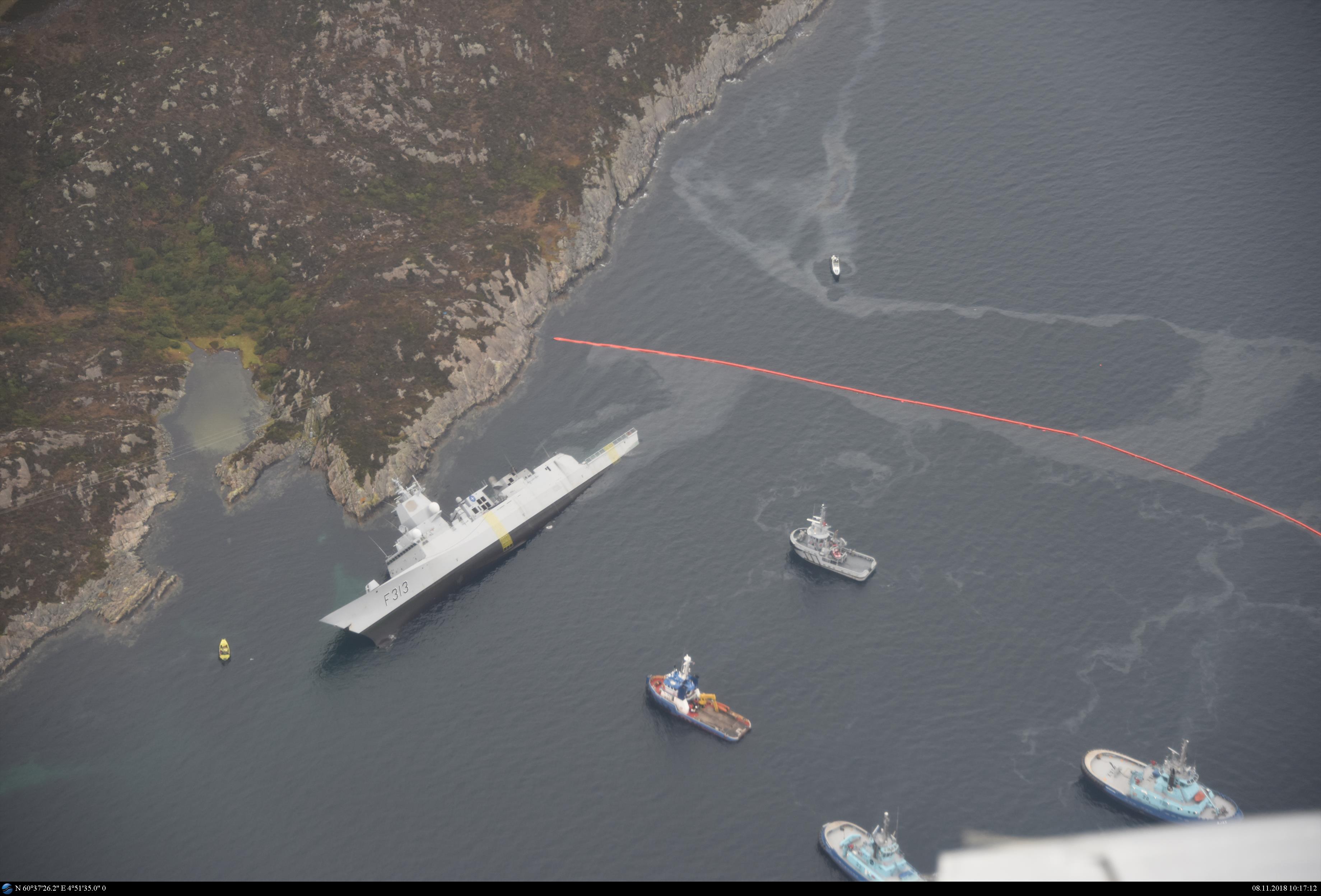
In November, Royal Norwegian Navy frigate HNoMS Helge Ingstad (F313) was intentionally grounded at the edge of a fjord near the southwest coast of Norway to prevent it from sinking following a collision with an oil tanker. The frigate had just completed taking part in the massive Trident Juncture 2018 NATO exercise. No deaths occurred in the incident. Norwegian salvage crews are still working to stabilize the ship and preparing it for lifting it out of the water, possibly in the first week of January, depending on weather conditions, according to media reports.
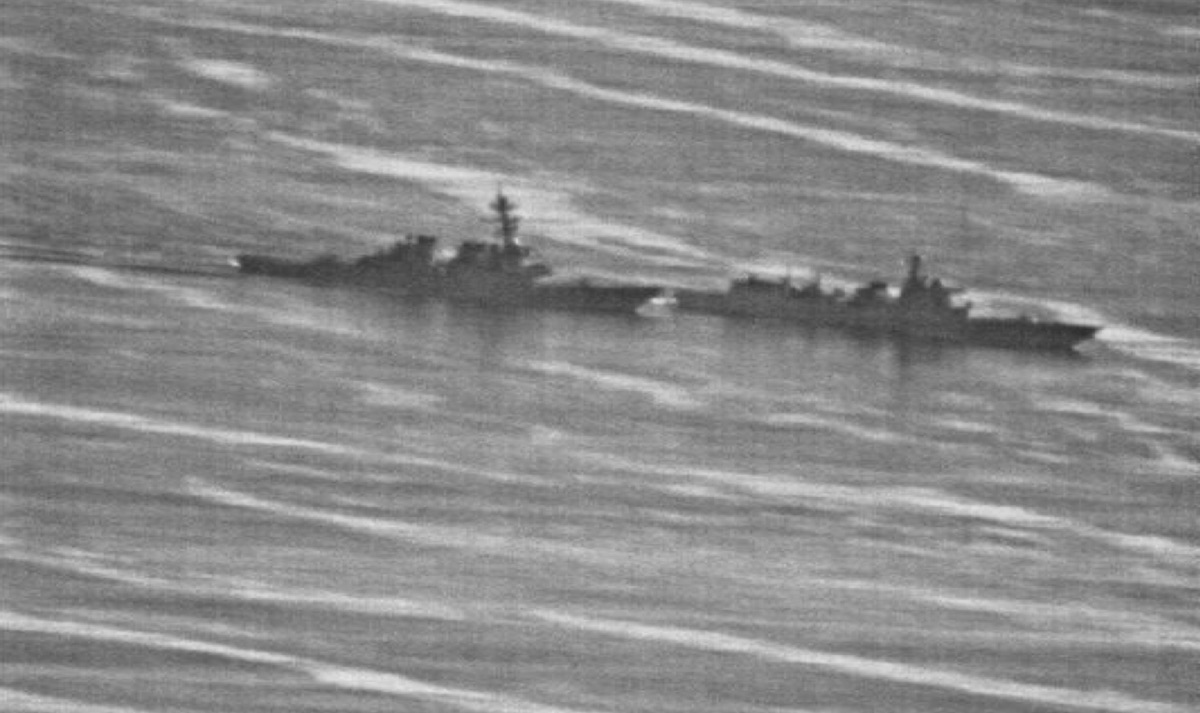
On Sept. 30, a Chinese Luyang-class destroyer steamed on a near-collision-course with USS Decatur (DDG-73) just as the U.S. ship was wrapping up a freedom of navigation operation (FONOP) near the Gaven Reef in the South China Sea. The Chinese ship came within 45-yards of Decatur.
The U.S Navy states it routinely runs FONOPS in accordance with international law. Typically, when U.S. Navy ships pass near islands or land masses China considers its sovereign territory, the Chinese officials will issue statements complaining about the operation. Not all of the islands or land masses claimed by China in the South China Sea are recognized by international law as being islands.
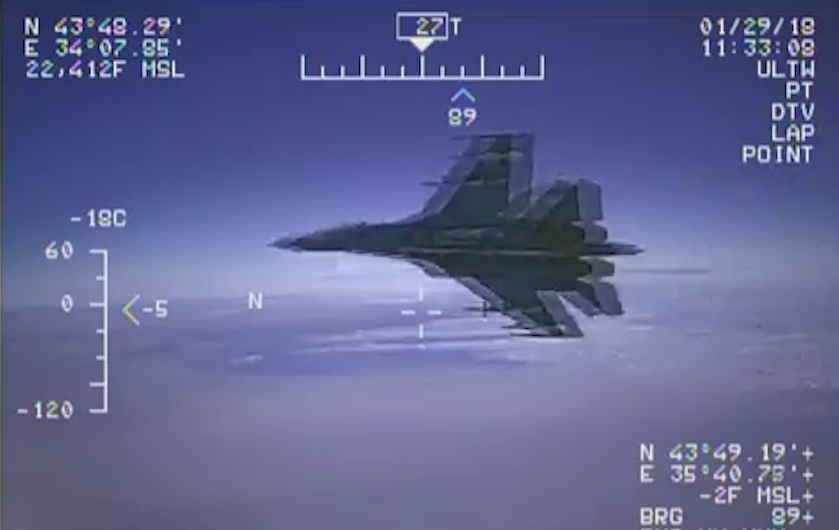
In January and November, Russian aircraft operated in what the U.S. Navy called unsafe and unprofessional manner.
In the November incident, a Russian Su-27 intercepted a U.S. EP-3 Aries II aircraft while it flew through international airspace over the Black Sea. In the January incident, a Sukhoi Su-27 fighter flew within five feet of an EP-3E Aries II surveillance aircraft over the Black Sea.
The U.S. Navy regularly sends ships into the Black Sea, in keeping with international treaties limiting the amount of time foreign navies can spend in the body of water.
Foreign Military Sales
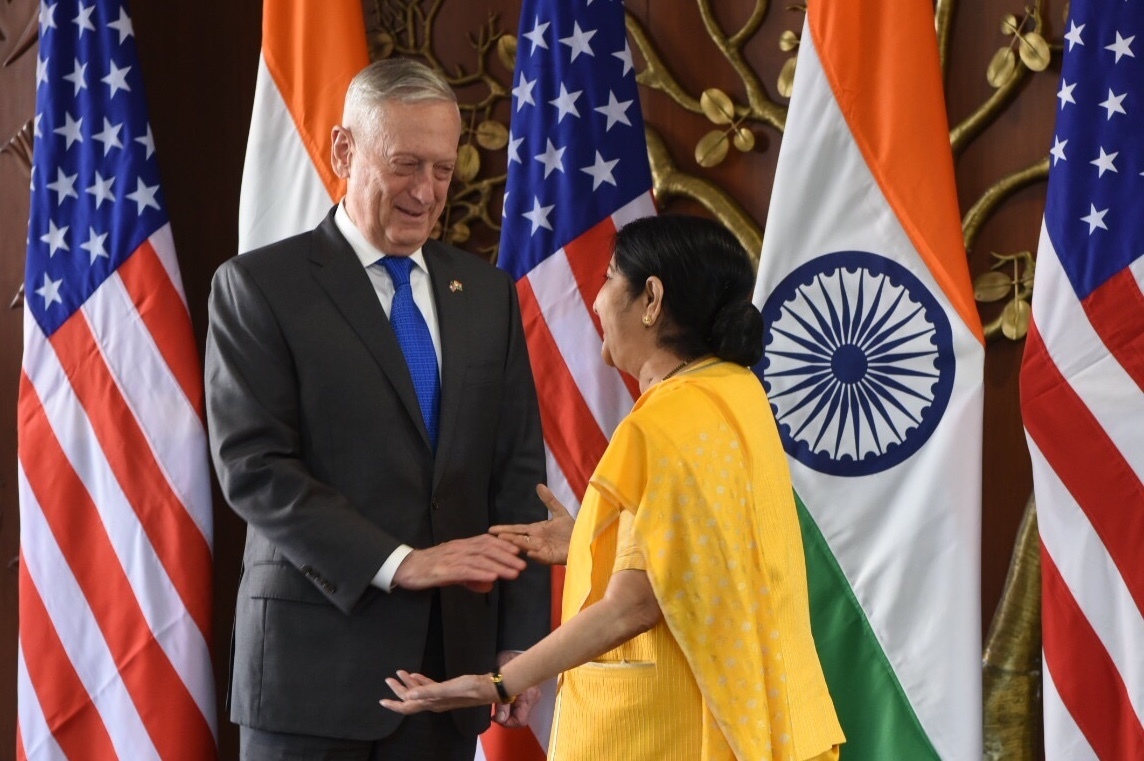
The first two F-35 aircraft for Turkey rolled off the Lockheed Martin production line in June. However, Turkey’s purchase of F-35 aircraft became a flashpoint in September for what has at times been a strained relationship between the U.S. and NATO allies. Turkey’s possible purchase of a Russian-made air defense system caused congressional leaders to threaten to block Turkey’s F-35 purchase. Turkey, an F-35 program partner since 1999, plans to purchase 100 F-35 aircraft. By the year-end, Turkey had not finalized the proposed purchase of the Russian system and Turkey’s participation in the F-35 program had not been interrupted.
South Korea received U.S. Department of State approval for a proposed purchase of up to six Boeing P-8A patrol aircraft, in a deal worth an estimated $2.1 billion. The P-8A aircraft are intended to replace Korea’s aging fleet of P-3C Orion maritime surveillance aircraft. Boeing intended to pitch the P-8A aircraft to several international governments looking to upgrade their fleets of surveillance aircraft.
In September, the U.S. and India signed a historic agreement allowing the government in New Delhi to purchase advanced U.S. weapons systems. The agreement was announced as military leaders from the U.S. and India planned increased military exercises.
Two months after the weapons-purchasing agreement, India’s navy announced it had completed the nation’s first sea-based nuclear deterrent patrol. India’s ballistic missile submarine (SSBN) INS Arihant conducted a month-long deterrent patrol in October.
Multi-National Exercises
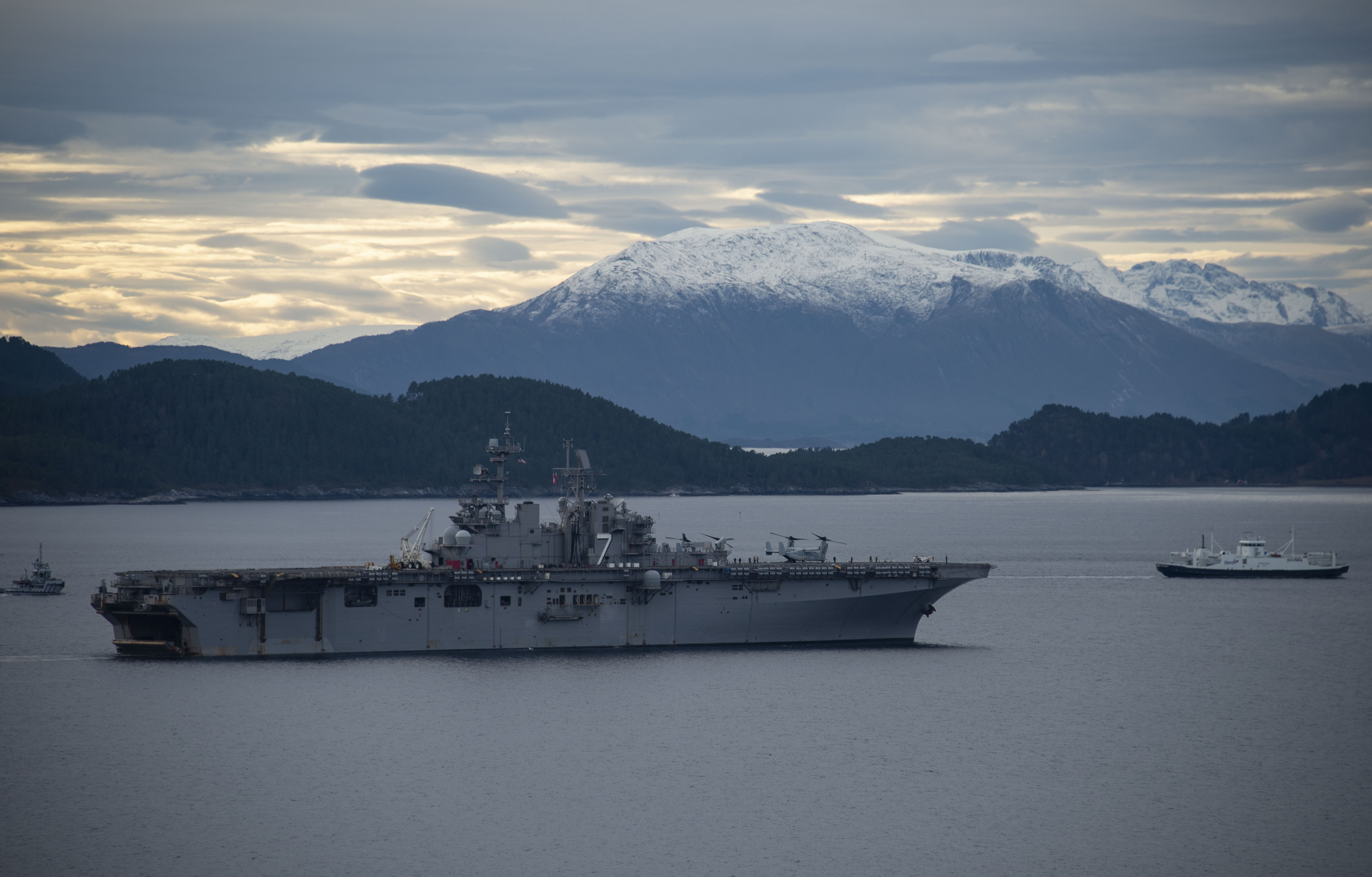
In October, the Trident Juncture Exercise started, involving about 45,000 military personnel, 60 ships, 120 aircraft, and 10,000 ground vehicles, simulating the defense of Norway against an invading adversary. Trident Juncture was a test of NATO’s Four Thirties initiative, which states NATO should have 30 ships, 30 aircraft squadrons and 30 combat battalions ready to deploy within 30 days.
Trident Juncture occurred at a time when Navy leaders state Russian activity in the North Atlantic and the Arctic region is increasing to levels not seen since the end of the Cold War.
“Russian forces have recently reoccupied seven for their former Soviet Union bases in the Arctic Circle,” Adm. James Foggo, the head of U.S. Naval forces in Europe, said in October during the second episode of his “On the Horizon” podcast.
In July, the U.S. Navy was joined by forces from 16 other nations to take part in the Sea Breeze Exercise in the Black Sea.
In June, navies from the U.S. India and Japan conducted the Malabar Exercise near Guam.
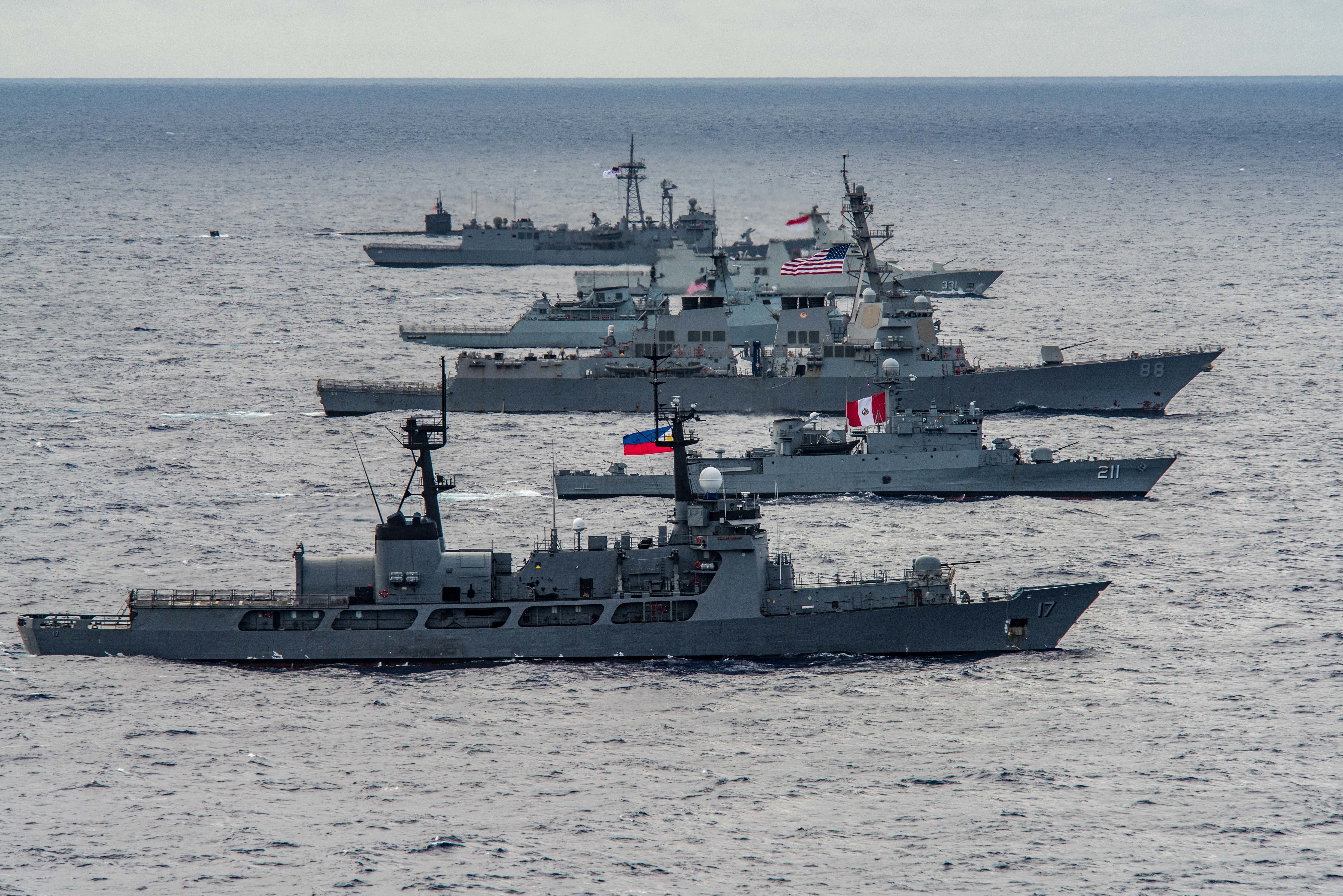
Later that month, the U.S.-led Rim of the Pacific (RIMPAC) exercise started with about 25,000 naval personnel and 52 ships and submarines from 25 countries.
China had initially been invited to attend, but the Pentagon revoked the invitation. China’s militarization of artificial islands in the South China Sea was stated as the reason for canceling the invite, according to Pentagon officials. Once the exercise began, a Chinese surveillance ship was reported operating off the coast of Hawaii keeping tabs on RIMPAC.
The People’s Liberation Army Navy also sent a surveillance ship to monitor the 2018 edition of Russia’s massive Vostok Exercise, which included Chinese forces. An estimated 300,000 military personnel were reported to have taken part in the September exercise.





